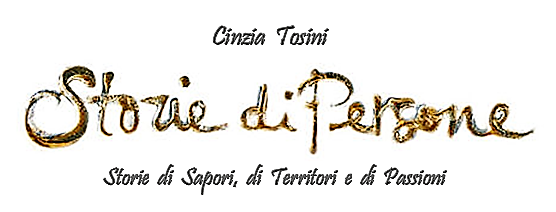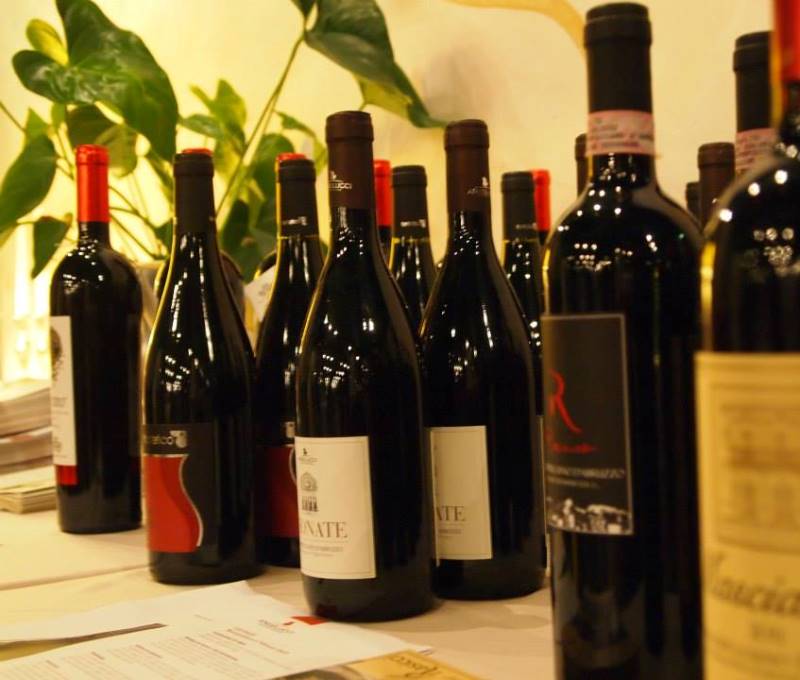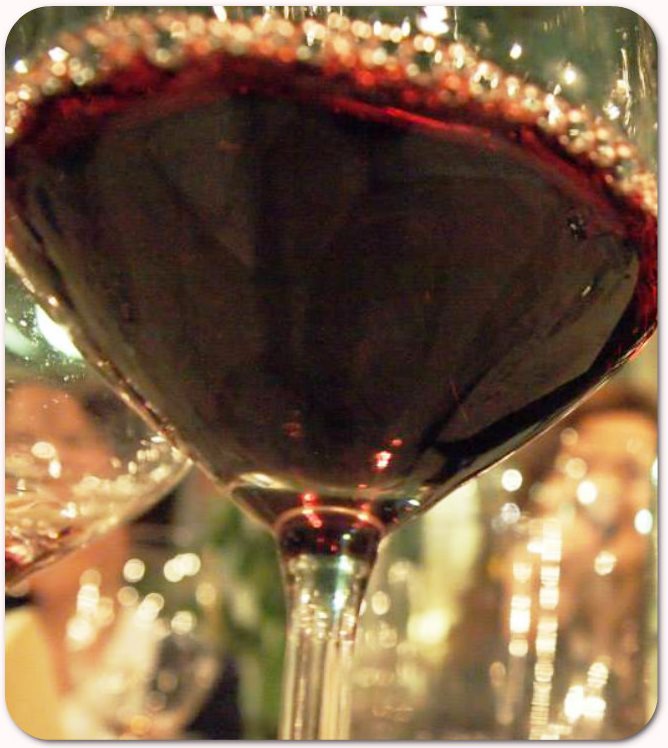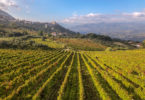Today I want to talk about the mark-ups on wine made by restaurateurs and wine bar. Recharge I would call unruly, as indeed Italians and much of what concerns them. You will say: “Cynthia, but what enters their silk tablecloths?"Got to do and how if markups, apart from those obvious and very legitimate, are made to distribute the costs of the same local. With 'silk tablecloths' I was referring precisely to this.
Let me explain. A few days ago, sitting at the table with friends journalists in the industry long-standing, it is on a discussion that debates and debates ..., you know what I was told when I challenged this state of being? I have that enthusiasm that they have lost the fight what should be corrected, but which has now entered the customary.
Put whatever you want, but I find it absurd that the markups on wine in restaurants are made in an indiscriminate and uncontrolled penalizing wine and limiting consumption. You know what I say to you: "You have to make the revolution, understood as a big change, Also nell'enogastronomia!”
As always speak as a passionate and informed consumer who likes to confront. For this reason I asked some friends who live in this area first, their views on the issue. (An answer key is in alphabetical order).
Mark's Church, wine consultant.
We all expect lower markups on wine, because the wine in Italy remains a product “popular” always on the table and so is unjust, for example, that the wine from 5 EUR shelf, is sold to 15/18 euro and the wine 10 EUR is sold 30. But if we think, each bottle of wine has an operating cost which includes: space cellar, borrowing costs between purchase and collection, time waiter / sommelier for management, service, disposal, glasses and washing, any changes to the customer or if inventory sold in glass. Together with Accor years ago we calculated that the cost of running a bottle in an efficient structure as a hotel 3/4 star international chain costs about 10 euro. The average Italian restaurant is much more inefficient, we do 12. If I buy a wine 5 euro, I have to sell it in order to remain equal to 17, then if I want to earn then at least one 40% margin would be correct. The accounts are made soon and you will understand why many restaurants close: do not know how to do, accounts.
If we think a plate of pasta has a lower manufacturing cost to the euro, but we pay him 8/10 and no one blinks an eye. Why does not happen with wine? Wine is penalized just when it is sold as a service to low price, when to stay in the accounts the manager buys wines to two euro and resells them to 10, getting lost anyway. I believe that in Italian wine prices at the restaurant are very low and almost always miscalculated. Just take a trip abroad to understand. I stop but I could talk a lot about…
Gianni Galantino, restaurateur. Restaurant Da Giulia – Milan
The wine has not only purchase costs but also costs related to the conservation and management of the cellar. I do a few examples. If we buy a bottle of wine at a cost of 6 we have to sell the euro at about 18/20 euro. If we buy in 25 we have to sell the euro at 50 euro. Otherwise we lose. Cynthia, then you have to keep in mind, that there are wines that taste of cork or for air intake or become undrinkable marsalati.
Simone Liloni, sommelier. Trattoria Pegaso – Gavardo (BS)
This burning issue… I must say that I try to be as honest as possible about markups is the glass that the bottle. In many area if they take advantage and not a little. I give you an example. In a good pizzeria near my house damage to glass as a sweet wine liqueur of Zibibbo Florio, ordinary wine, pleasant although too sweet for my taste. Well, wine costs at the supermarket in size from 0,75 4,50 euro. Sell it by the glass 4. Whereas from a bottle derive seven glasses, So twenty-eight euro, earn twenty-three euro clean! This is just one of many examples.
Another problem of the wine by the glass is the repetitiveness of the labels, eventually, Roughly, always turn those three or four by type. I propose a little wine’ countercurrent glasses, perhaps almost unknown but customers require me.
Isabella Monguzzi, holder Enoteca Vincanto - Senago (MI)
Behind some price increases are the glasses, their sanitation and all that entails pouring; then, you can find the locations that they charge the environment and maybe (indeed often) fold up scarce products with price increases from usury. But as they say the eye wants its part and often, when the client is immersed in an original and / or fairytale, he does not care what you drink! This is what I have taught some restaurateurs customers!
Gianluca Morino, producer. Cascina Garitina – Nizza Monferrato (AT)
These price increases are a huge penalty for wine.
Matthew Knowles, restaurateur. Osteria della Buona Condotta – Ornago (MI)
A three star restaurant markups other than those who have none, In fact he even ten times the cost of the bottle, and it is clear why. For example, if you have glasses riedel have cost more, as it is clear that if you have a sommelier will have a higher cost to be spread on the customer's account. In any case, all that is present in a restaurant has a reloading, the food cost is a tax rule. Cinzia this work has become expensive and difficult, we are inundated with costs and taxes. In France, wine markups are high. They are right ...
Tano Simonato, restaurateur. Restaurant Tano pass me the oil – Milan
In normal restaurateurs recharged twice in restaurant, and three times in the restaurant. Some top restaurant four times. The costs are so many… personnel costs, high rents, taxes on taxes, expensive raw materials…
Robert Spinazzè, producer. Terre di Provides – Frattina Pravisdomini (PN)
The markups honest allow a tour of consumption. Unfortunately it is not always so. Mah, there would have to do endless discussions.
Chiara Soldati, manufacturer. The Scolca – Gavi (AL)
The custom of significant markups on wine is now widespread and consolidated. In Italy surely this phenomenon is much more noticeable than the foreign countries. I believe that a balanced reloading is legitimate, but in many cases are priced wines not justified. I think a good price policy would help both the category of restaurateurs that the world of wine. A balanced pricing policy would help the spread of a quality consumer and perhaps not penalize the Italian market already in crisis for several factors.
Helping territoriality, study adequate policies “by glass”, system between various parties agreeing adequately output prices, would be a good rule to streamline the market. Cynthia, have you ever noticed how some wines that are in the paper on top of the prices are sometimes sold below cost in the offers of retail?
Alessandro Vitiello, Restaurateur and sommelier. Restaurant Il Fauno – Cesano Maderno (MB)
Cynthia, I agree with you. Surely every local freedom to decide as it sees fit and depending on what adds 'free' to the glass of wine, But I am convinced that the 'world wine' would have to qualify if they shared the 'guidelines' that allow the customer to drink knowing that the price of a glass or a bottle is properly proportional to the price determined by the manufacturer.
I take the word.
What's left to say? I still think that these mark-ups should be regulated so that the wine is not to pay the excess of the cost of managing the catering. The fact remains that by which they are informed consumer, I would like to understand what is in each case plus its cost.
This awareness would fall into my satisfaction in the evaluation of a restaurant. With so many guidelines that are, I wonder how it is possible that there will be an updated and available online which gives the possibility to make this immediate verification. Who knows ...
















